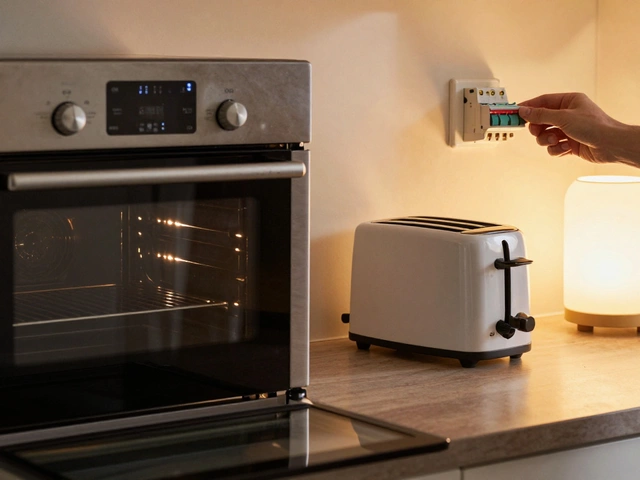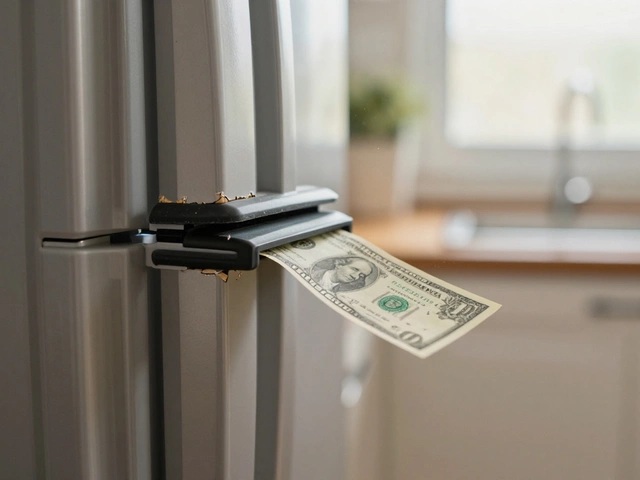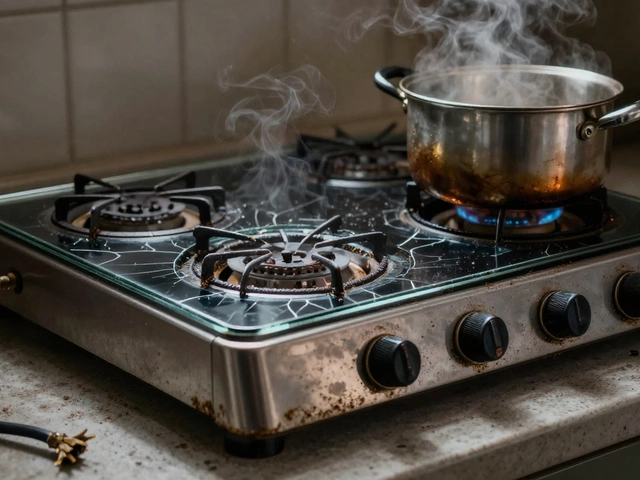Home Appliance Tips: Quick Fixes, Maintenance Hacks & Longevity Guides
Got a fridge that’s humming weirdly or a washing machine that’s leaking? You’re not alone. Most of us face a hiccup with at least one appliance each year. The good news? A lot of problems can be solved with a few simple steps, and regular care can add years to your gear. Below are the most useful tips you can start using today.
Everyday Maintenance to Extend Appliance Life
Washing machines love a clean drum and clear hoses. Every few months, run an empty hot‑water cycle with a cup of white vinegar. It removes soap scum and keeps the drum fresh. While you’re at it, check the inlet hoses for cracks and replace them if you see any wear.
Fridges run best when the coils at the back are dust‑free. Pull the fridge away from the wall, vacuum the coils, and wipe the interior shelves with mild soap. A tidy fridge also means you won’t forget old food that can cause foul smells.
Dishwashers often get clogged by food bits. Remove the bottom filter and rinse it under running water. Run a short hot cycle with a dishwasher‑safe cleaner to clear any hidden buildup.
Ovens benefit from a quick clean after each use. Let the oven cool, spray a bit of water mixed with baking soda, and wipe it down. This prevents the dreaded burnt‑on residue that can affect heating performance.
Boilers and water heaters need a yearly service. A professional will check the pressure, clean the heat exchanger, and test safety valves. If you hear strange noises or notice a drop in hot‑water flow, it’s time to schedule a check.
Common Repairs You Can Do Yourself
If your fridge isn’t cooling, the first thing to check is the thermostat setting and the door seal. A loose seal lets warm air in, making the compressor work harder. Clean the seal with warm soapy water and make sure it sits flush.
A dishwasher that won’t drain often has a blocked pump or a kinked drain hose. Locate the pump (usually under the dishwasher), remove any debris, and straighten the hose. If water still pools, the pump may need a replaceable impeller.
When an oven won’t heat, the heating element is the usual culprit. Turn off power, remove the element, and look for visible cracks or breaks. A replacement element is cheap and fits most standard ovens.
A washing machine that shakes during spin can be unbalanced. Open the machine, adjust the leveling legs, and make sure the load is evenly distributed. If the vibration persists, the shock absorbers might need a swap.
For a water heater that trips the reset button, the thermostat may be set too high or a faulty heating element could be overheating. Lower the thermostat to around 120°F (49°C) and watch if the reset stays on. If it keeps tripping, it’s safer to call a pro.
These quick checks save you time and a call‑out fee. Keep a small toolbox with a screwdriver set, pliers, and a multimeter – they’re enough for most of the tasks above.
Remember, safety comes first. Always turn off power at the mains before you start any repair, and if you ever feel unsure, don’t hesitate to contact a qualified technician. With a little routine care and the right know‑how, your appliances will stay reliable, and you’ll avoid unnecessary expenses.
Is It Hard to Replace an Electric Oven?
- Alden Wilder
- Feb 26 2025
- 0 Comments
Replacing an electric oven can be challenging, but understanding the process and being aware of crucial factors can make it easier. This article delves into the essential aspects of electric oven replacement, highlighting potential obstacles and offering practical tips. From understanding the types of ovens to ensuring proper installation, it provides valuable insights for anyone looking to tackle this task. With the right knowledge, homeowners can approach oven replacement with confidence.
View More




